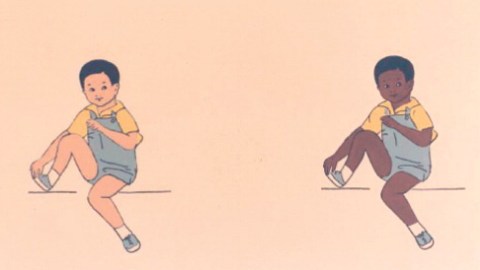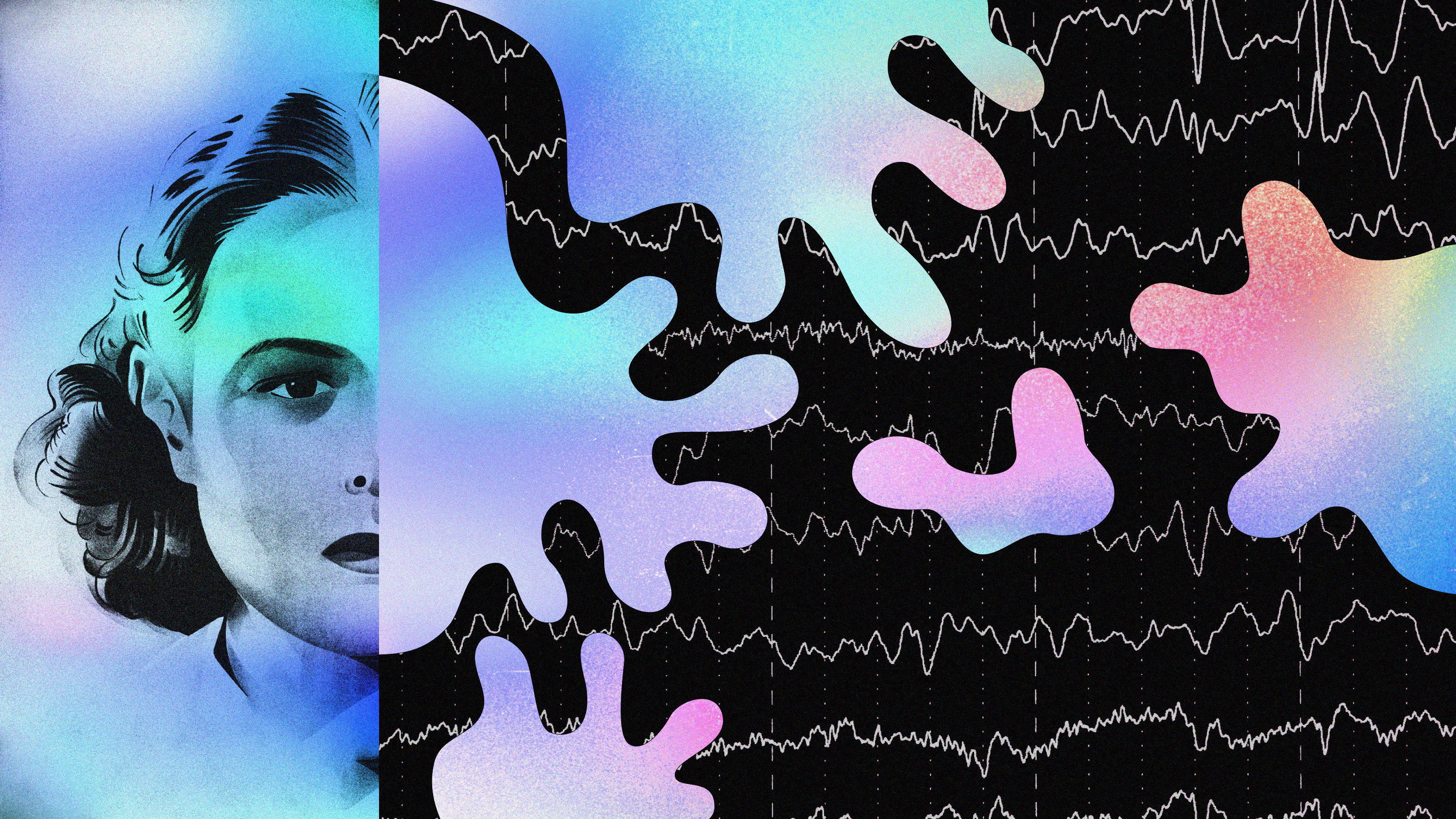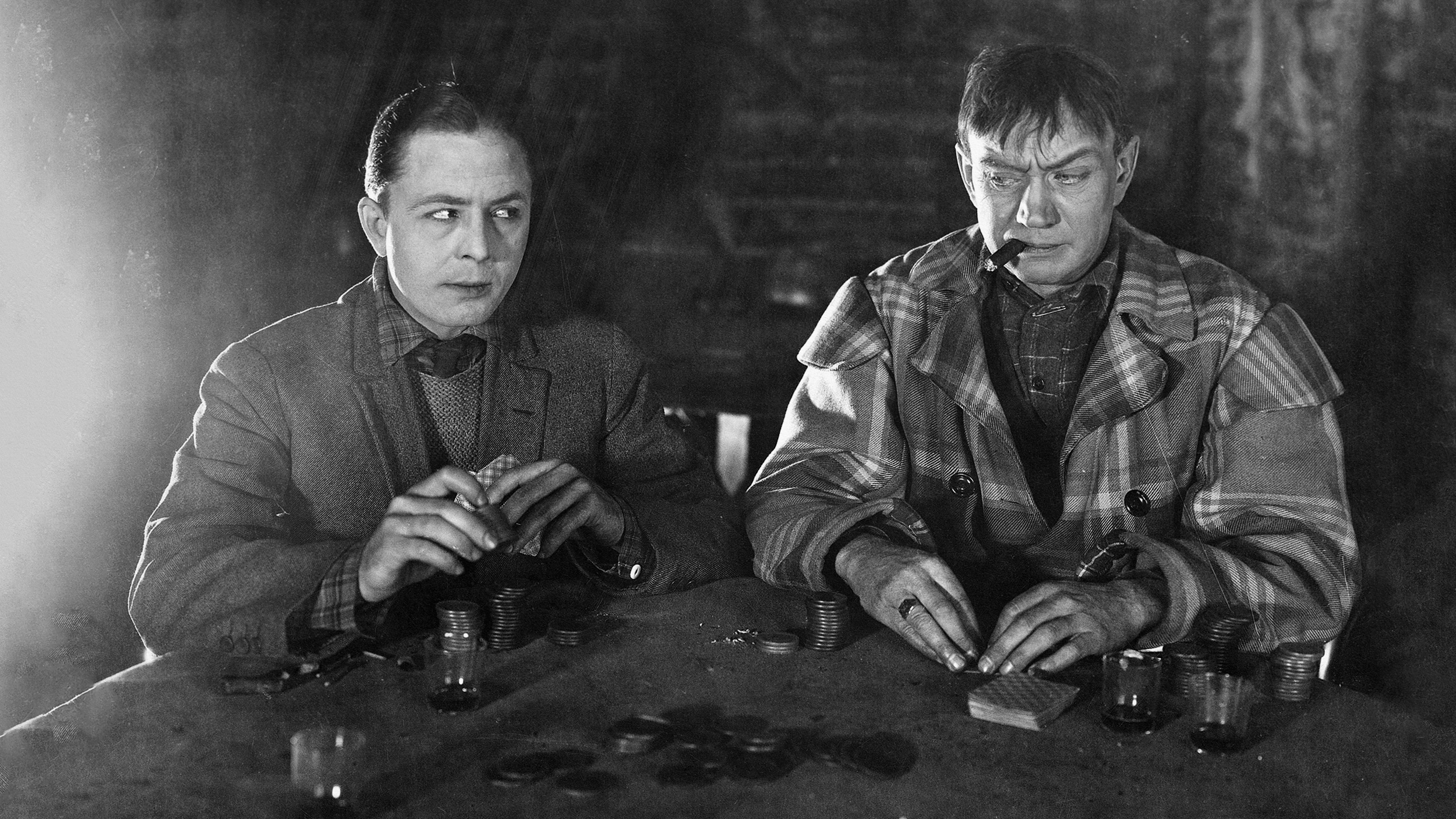New Study Finds A Brain That Can’t Do Bigotry

A rapidly forming stereotype about autistic people is that they can’t use stereotypes. In the words of this site about kids with Asperger’s Syndrome, for instance, “they are usually free from sexism or racism.” Scientific tests suggest that this is false—another example of stereotypes revealing more about the fears and hopes of stereotypers than they do about the stereotypees. “Seeing everyone as an individual” is an American ideal (so strong that children pretend not to see race), so we’re eager to find it embodied in “special” people. Science, meanwhile, has moved on: A study out this week claims to have found brains incapable of racism—not in autistic people, but among children with Williams Syndrome.
First, some background: All human beings know a few people as individuals while perceiving others as lookalike members of categories like “the cops” or “Red State voters” or “Latinos.” This is essential to life (in Solomon Asch’s example, when the riot police are charging down the street at you, you don’t stop to distinguish Joe from Harry from Paul; you run like hell from “the cops”). But no one knows how this group-perception works in the brain. Seeing categories like “the cops” seems inescapable, but is it equally inescapable to attach unproven beliefs to those categories (to feel sure, for instance, that all cops are racists)? Are these stereotypes built on the same dedicated systems we use to perceive individuals, or are they separate? Do the same mechanisms make all group categories, or do stereotypes about gender come out of different circuits than notions of race?
If there are people whose unusual brains leave them unable to stereotype, they could help answer these questions. And it seemed logical to look for those brains among Asperger’s people and other “high-functioning” autistics. After all, these guys are, as the autistic zoologist Temple Grandin puts it, “hyper-specific”: Where “normal human beings tend to err on the side of over-generalizing,” she writes, autistics do not.
It was a neat idea, but it was killed by stubborn fact. In this 2007 study, Lawrence Hirschfeld, Elizabeth Bartmess, Sarah White and Uta Frith found that autistic children used the same racial and gender stereotypes as did neurotypical kids their age. The 45 children, who were between 5 and 11 years old, heard a story about two people in a simple cartoon and answered questions like “which one of these is the bad man in the story?” or “which one of these two likes to play with dolls?” Both the ordinary kids and the autistic ones answered with stereotypes common to their society: They said the darker-skinned figure was the “bad man” in the story, for instance. And that the female figure was the one who liked dolls.
In the new paper, just out in the journal Current Biology, Andreia Santos, Andreas Meyer-Lindenberg and Christine Deruelle ran a similar experiment with children who have Williams Syndrome. Williams Syndrome is an aberration in Chromosome 7 that causes children to develop with a combination of mental retardation and glib friendliness. These kids chatter easily, happily and constantly. And they aren’t afraid of strangers.
The experiment, performed on 40 children (20 with Williams, 20 without) ran like the 2007 autism study: The kids answered questions about two contrasting people in a picture (one of which is the illustration for this post). And in those with Williams Syndrome, the usual racial stereotypes were absent. They didn’t “know” that the darker-skinned person in the cartoon was supposed to be the meaner one. On the other hand, they used the same gender stereotypes as everybody else.
Why the distinction? Santos et al. surmise that stereotypes about racial groups are learned and used in connection with the brain’s fear-processing system. That’s consistent with work on white people’s neural responses to faces of non-whites, and it makes sense in the context of the Williams Syndrome: Neurally incapable of fearing individuals, Williams kids seem unable to attach fear to categories for people. Perhaps, the authors say, Williams Syndrome kids learn gender stereotypes because those notions don’t depend on fear pathways.
That idea jibes (or at least doesn’t conflict) with work done in 2001 on people whose brains did seem incapable of gender stereotypes. In this study Elizabeth Milne and Jordan Grafman reported on seven Vietnam vets who had all suffered damage to a frontal brain region called the Ventromedial Prefrontal Cortex as a result of their combat wounds. Unlike patients with damage to other brain regions, and unlike neurotypical men, these seven ex-soldiers didn’t have the usual gender-stereotypical responses.
Now, aging war veterans and elementary school children don’t make for an apples-to-apples comparison, especially given that the methods used to find stereotypes weren’t the same in the two papers. But the two papers do at least suggest that gender and race stereotypes may work on different circuits in the brain.
So stop dreaming of the Asperger’s kid as a kind of “Holy Fool,” unsullied by our ordinary evils. It seems reality is (surprise, surprise) a lot more intricate and interesting than the stereotype.
Want to go deeper? To learn more about stereotype research, check out this fine work, which I heartily endorse, partly because I wrote it. There’s a news account here of the Santos paper. And here are the citations for the new paper and the Milne study from 2001:
Santos, A., Meyer-Lindenberg, A., & Deruelle, C. (2010). Absence of racial, but not gender, stereotyping in Williams syndrome children Current Biology, 20 (7) DOI: 10.1016/j.cub.2010.02.009
Milne, Elizabeth, & Grafman, Jordan (2001). Ventromedial Prefrontal Cortex Lesions in Humans Eliminate Implicit Gender Stereotyping The Journal of Neuroscience, 21 (RC 150), 1-6 : 11404442





